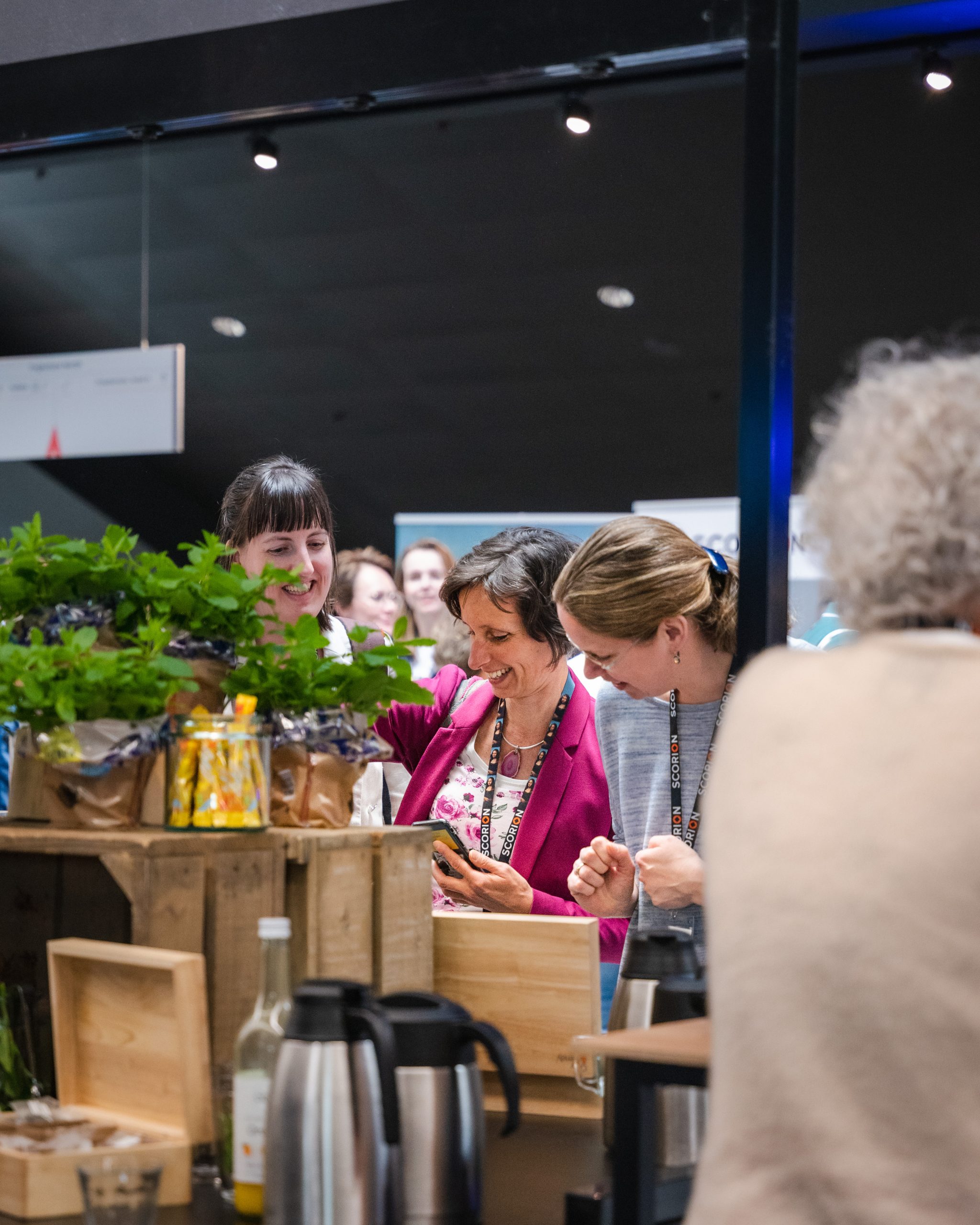Introduction There is a demand for more attractive and efficient training programmes in postgraduate health care training. This retrospective study aims to show the effectiveness of a blended versus traditional face-to-face training design. For nurses in postgraduate Acute and Intensive Care training, the effectiveness of a blended course design was compared with a traditional design. Methods In a first pilot study 57 students took a traditional course (2-h lecture and 2-h workshop) and 46 students took a blended course (2-h lecture and 2-h online self-study material). Test results were compared for both groups. After positive results in the pilot study, the design was replicated for the complete programme in Acute and Intensive Care. Now 16 students followed the traditional programme (11 days face-to-face education) and 31 students did the blended programme (7 days face-to-face and 40 h online self-study). An evaluation was done after the pilot and course costs were calculated. Results Results show that the traditional and blended groups were similar regarding the main characteristics and did not differ in learning results for both the pilot and the complete programme. Student evaluations of both designs were positive; however, the blended group were more confident that they had achieved the learning objectives. Training costs were reduced substantially. Conclusion The blended training design offers an effective and attractive training solution, leading to a significant reduction in costs.



